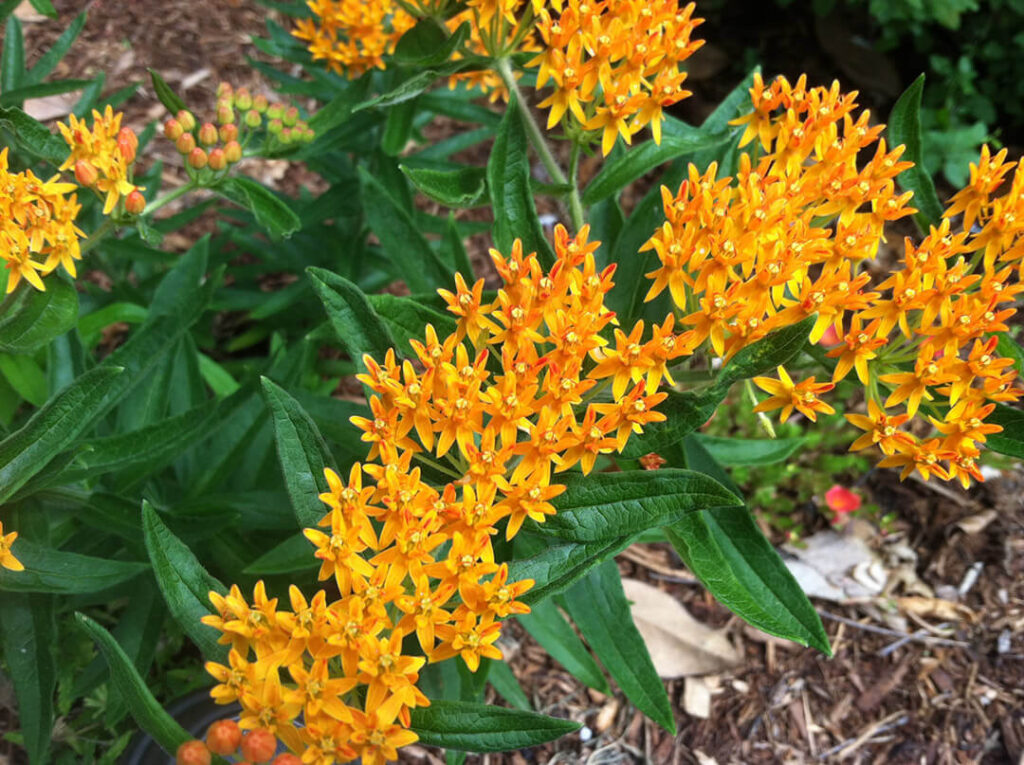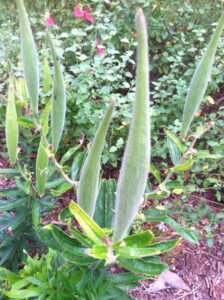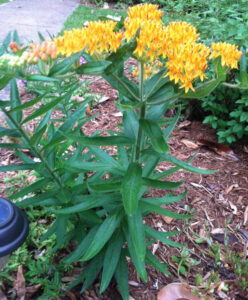Butterfly weed grows throughout most of the United States and parts of Canada. It attracts butterflies, bees, and other pollinators and is especially beneficial for monarchs whose larvae feed on the plant’s leaves. It also provides a nice splash of bright orange color for your garden.
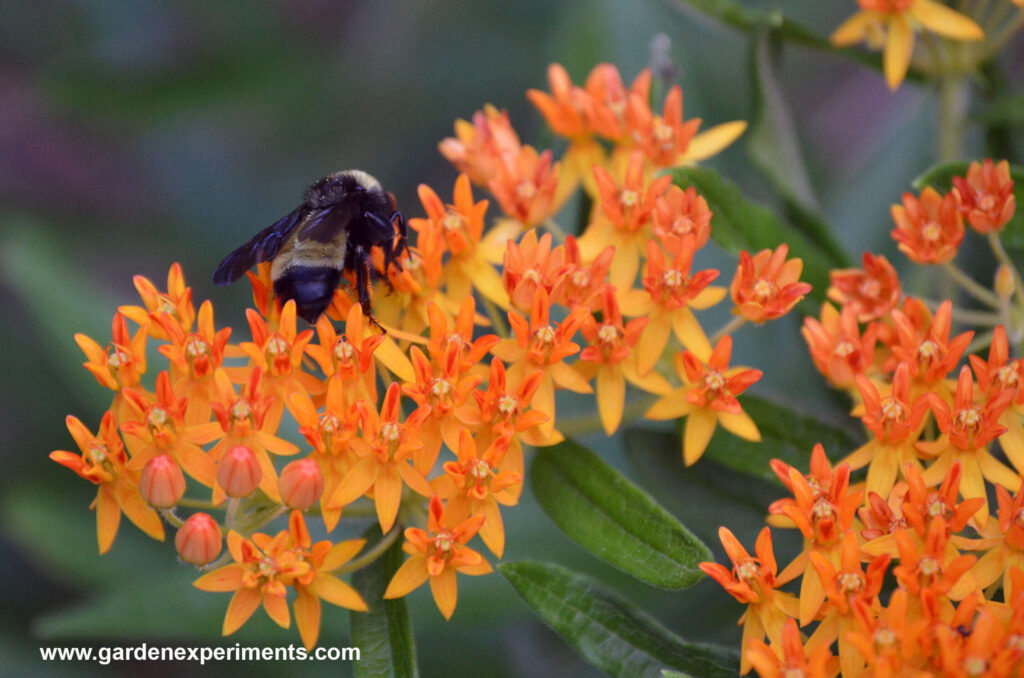
This native plant is drought tolerant and deer resistant. It can grow in dry soils with little trouble and prefers full sun. It is hardy in USDA zones 4 to 10.
Although most native butterfly weed is bright orange, there are some yellow varieties. It grows about 1.5 to 2 feet tall and is covered in tiny orange flowers when blooming. It blooms in June through late August or early September.
Like its relative, swamp milkweed, butterfly weed produces a white, milky substance when cut. In the past, this plant was harvested for its medicinal qualities (be warned, it is toxic, though!) and for fibers that could be used for making rope, rough cloth, and cords.
Propagating Butterfly Weed
This plant can be propagated by seed or root cuttings. If planting seeds, harvest the seeds from the pods just as they are ripe, but right before the pods split open.
Seeds should be exposed to cold temperatures for a few months (in your fridge should work) before planting in Spring. Then plant them directly in the soil in Spring and water them well. The seedlings may not bloom until the second year.
You can divide the roots after the plant has gone dormant in late fall. Transplant each section (about 2-inch sections is good) and then water. Mark the locations, so you recognize them when the plants come up in Spring.
Butterfly weed comes up a bit later than most of your plants and might be mistakenly pulled if you don’t mark them. I have done this 🙁
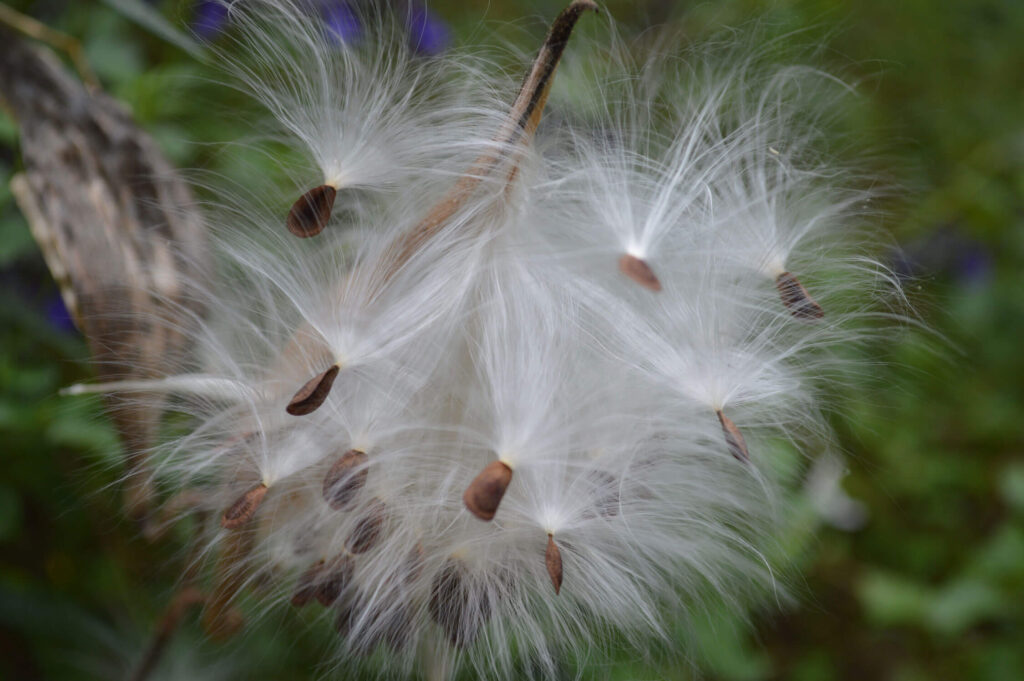
Wildlife Benefits
Bees, butterflies, and some beetles use the flowers for nectar. Monarch butterflies lay eggs on butterfly weed, and the larvae feed on the plant’s leaves. It is deer resistant.
